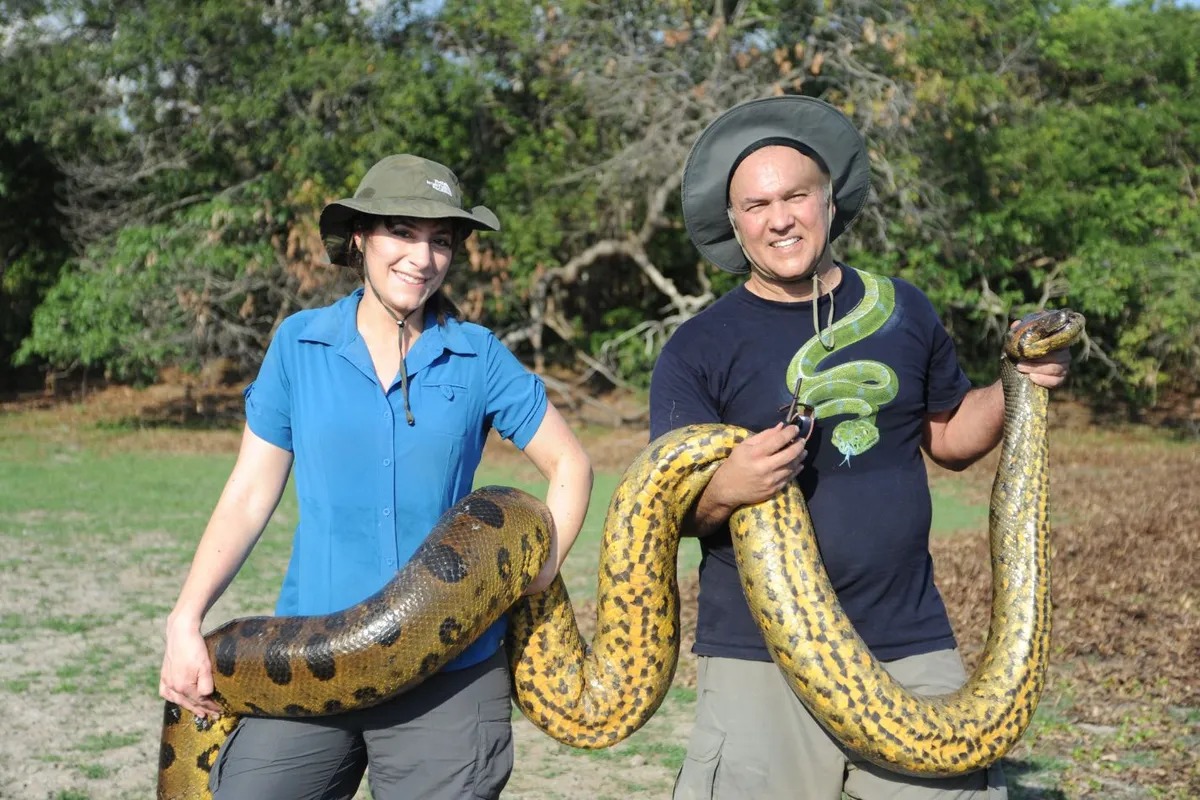A groundbreaking scientific discovery has revealed that the green anaconda, long known as the heaviest snake species on Earth, actually comprises two genetically distinct species. This revelation was published in a peer-reviewed study in MDPI Diversity, adding a significant chapter to the taxonomy and conservation of one of the Amazon’s most iconic reptiles.
A New Understanding of the Green Anaconda
The green anaconda (Eunectes murinus), an aquatic snake native to South America, has long captivated scientists and wildlife enthusiasts due to its massive size and elusive nature. Weighing up to 250 kilograms (550 pounds) and reaching lengths of over 6 meters (20 feet), this snake is often considered the world’s heaviest.
In the recently published study titled “Disentangling the Anacondas: Revealing a New Green Species and Rethinking Yellows”, researchers examined genetic data collected over 17 years across multiple countries in South America. The results uncovered a surprising genetic divergence—approximately 5.5%—between two populations of green anacondas. To put this into context, the genetic difference between humans and our closest relatives, chimpanzees, is around 2% (Patterson et al., 2006).
Such a high level of genetic differentiation led researchers to reclassify what was once thought to be a single species into two: the Southern Green Anaconda (Eunectes murinus), which retains its original name due to its broader distribution, and the newly named Northern Green Anaconda (Eunectes akayima), with the name “akayima” derived from Cariban languages spoken in parts of South America.
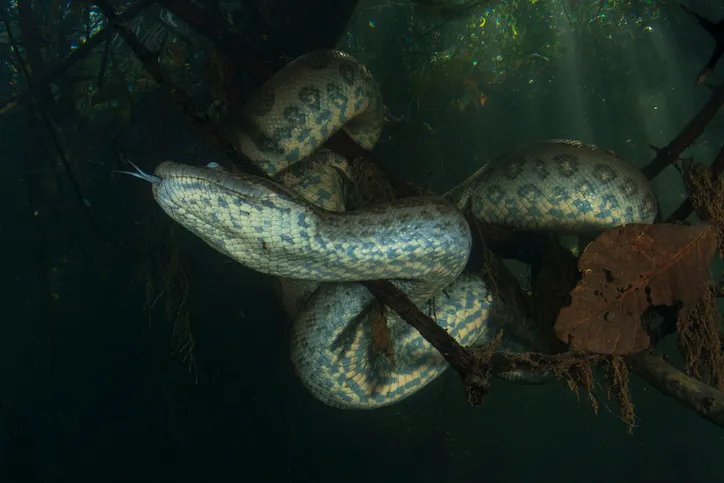
Scientific Challenges in the Field
The discovery did not come easily. Field research on green anacondas poses multiple challenges. Despite their enormous size, these snakes are incredibly difficult to locate in the wild. They are well-camouflaged in murky waters and dense vegetation, making visual identification tricky.
“We faced all the difficulties you might expect. This is a secretive animal. Even though it is big, it is hard to find and hard to see when it is in front of you,” explained lead researcher Dr. Jesús Rivas, Professor of Biology at New Mexico Highlands University. Dr. Rivas has been studying anacondas for decades and led the extensive fieldwork that made the study possible.
Once located, the snakes must be safely captured—often in water where they have the advantage—before researchers can collect tissue samples. The samples then require legal permits to be transferred across borders for genetic sequencing, which adds to the logistical and financial burden of such studies.
A Star-Studded Expedition
During one phase of the research, the team was joined by actor and producer Will Smith as part of his National Geographic and Disney+ documentary series Pole to Pole. This expedition brought additional attention to the important work being done in the Amazon and the conservation challenges facing the region.
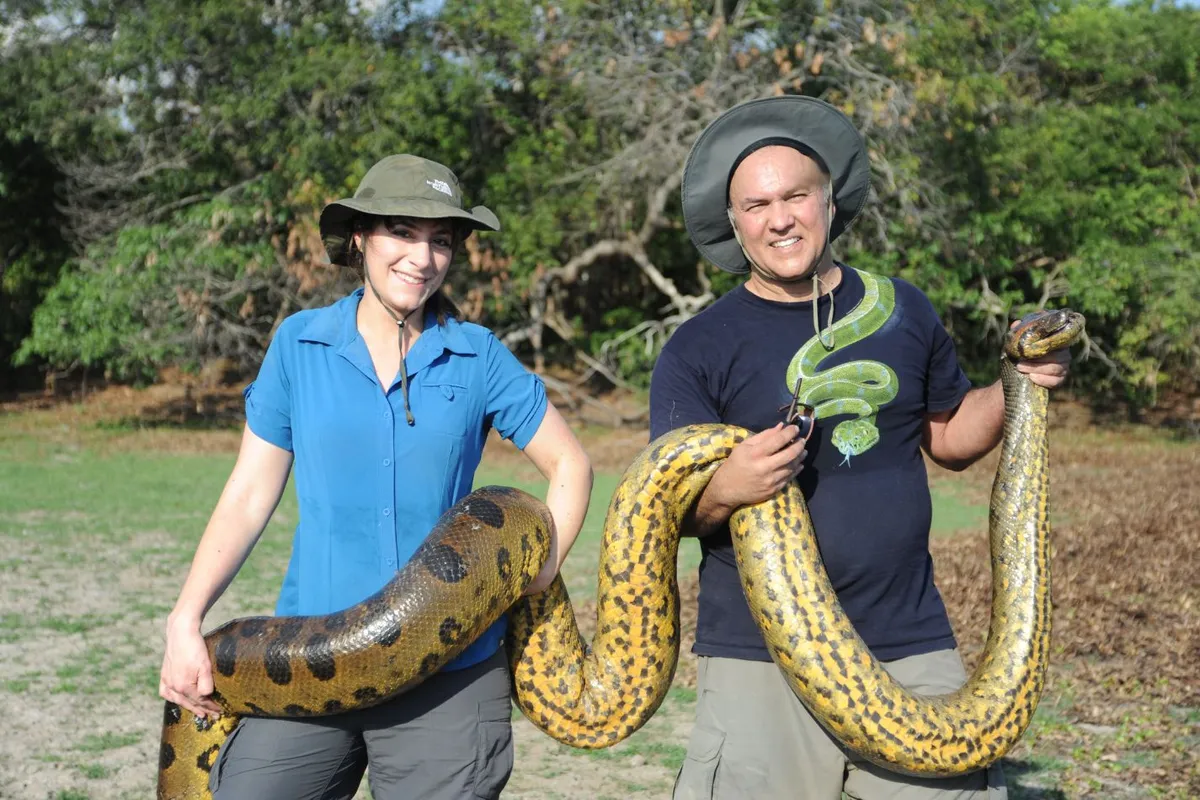
Genetic Analysis and Taxonomic Implications
Using molecular techniques, researchers analyzed the mitochondrial and nuclear DNA of anacondas across their range. These findings not only confirmed the distinction between E. murinus and E. akayima but also led to a reevaluation of other anaconda species.
Previously, anacondas were classified into four separate species:
- Green anaconda (E. murinus)
- Yellow anaconda (E. notaeus)
- Dark-spotted anaconda (E. deschauenseei)
- Beni anaconda (E. beniensis)
However, the new genetic evidence shows minimal differences between the dark-spotted, Beni, and yellow anacondas. Consequently, the researchers propose consolidating these three into a single species—E. notaeus—and potentially classifying the others as subspecies.
“We did not find a significant genetic difference between the three of them,” said Dr. Rivas. “Our findings meant that previous arguments for morphological differences and geographical separation between E. deschauenseei and E. beniensis could not be upheld.”
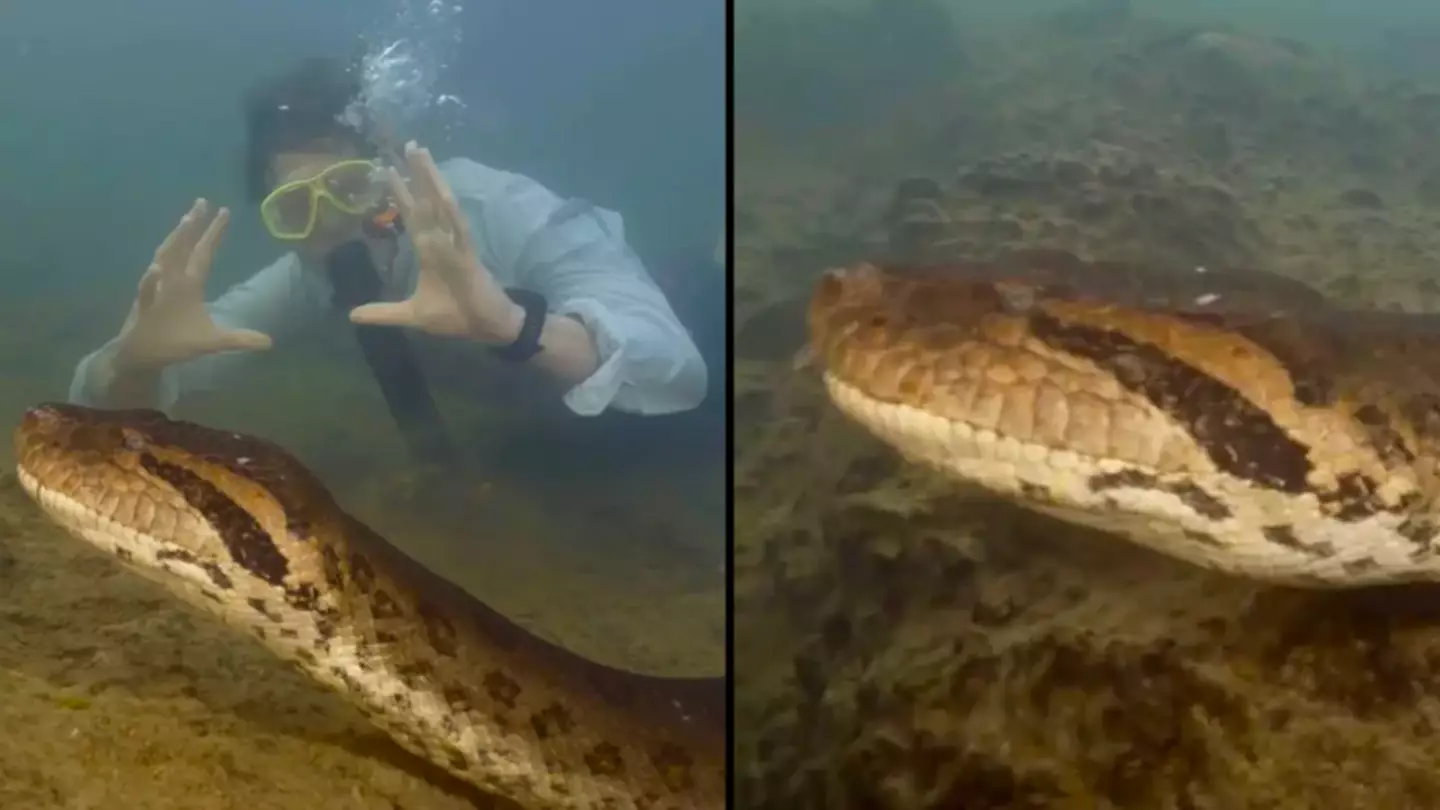
Ecological Importance of Green Anacondas
Green anacondas play a vital role in the ecosystems of the Amazon and other wetland areas in South America. As apex predators, they help maintain ecological balance by controlling populations of fish, birds, and mammals. Their aquatic lifestyle allows them to thrive in swamps, marshes, and slow-moving rivers, particularly in the Pantanal—the world’s largest tropical wetland.
These snakes are non-venomous and kill their prey by constriction. Due to their large size and strength, green anacondas have very few natural predators once they reach adulthood.
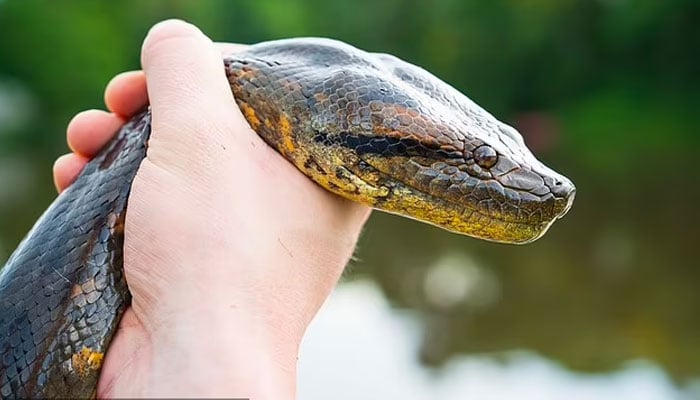
Conservation and Ethical Research
Despite their resilience in the wild, green anacondas face increasing threats from habitat loss, pollution, and illegal wildlife trade. Logging, agriculture, and climate change continue to alter wetland environments across the Amazon basin. Understanding the taxonomy and distribution of species like E. murinus and E. akayima is crucial for informed conservation strategies.
Classifying them as separate species allows for more precise protection measures and enhances the ability of conservationists to monitor their populations. It also underscores the need for rigorous, long-term fieldwork and international collaboration in studying biodiversity.
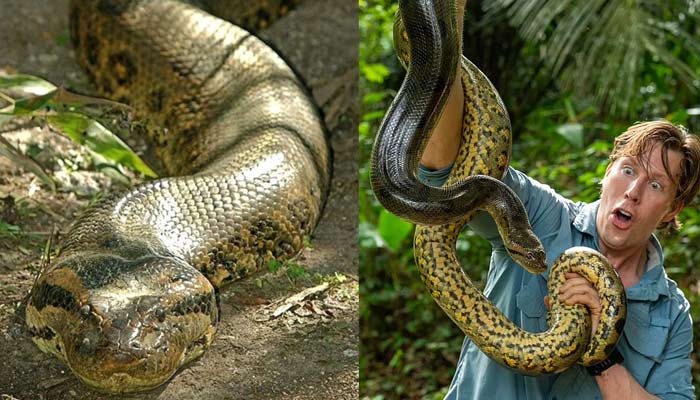
The Road Ahead for Anaconda Research
The discovery of a new species of green anaconda serves as a powerful reminder that much of the natural world remains undiscovered or misunderstood. Even some of the largest and most iconic species can still hold mysteries that science is only beginning to unravel.
For Dr. Rivas and his team, the next steps involve expanding the sample range, exploring ecological differences between the two species, and further investigating the evolutionary history of the genus Eunectes.

Conclusion
The reclassification of the green anaconda into two species marks a significant milestone in herpetology. It highlights the importance of genetic research in species identification and has far-reaching implications for taxonomy, conservation, and biodiversity awareness.
As we continue to study Earth’s most remarkable creatures, discoveries like this remind us of the value of protecting ecosystems like the Amazon—not only for the wildlife that call it home but for the future of science and global ecological health.
Sources:
- Rivas, J.A. et al. (2024). Disentangling the Anacondas: Revealing a New Green Species and Rethinking Yellows. MDPI Diversity. https://www.mdpi.com/1424-2818/
- National Geographic Society: Pole to Pole Documentary Series
- Patterson, N. et al. (2006). Genetic evidence of divergence between humans and great apes. Nature. https://www.nature.com/articles/nature04556
- New Mexico Highlands University, Department of Biology
Let me know if you’d like this formatted for WordPress or with metadata for SEO (meta title, meta description, etc.).
